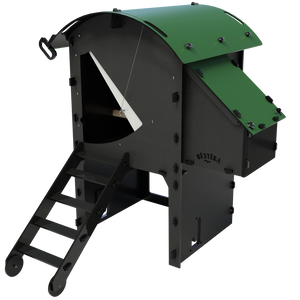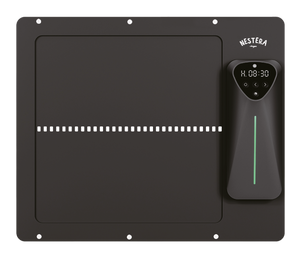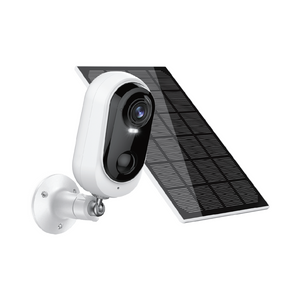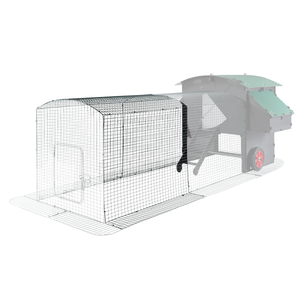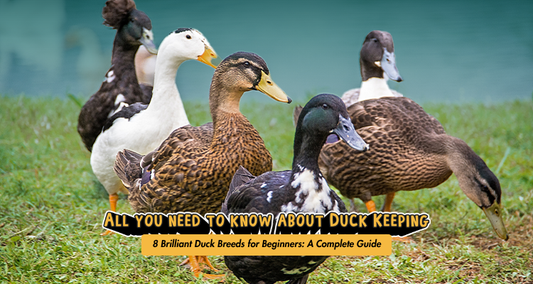Can chickens stay outside all night?
You should always house chickens securely at night because they are at real risk of predation. Millions of years of evolution have taught hens that they don’t do well with nocturnal predators.
For all you Charles Darwin fans out there, this will make complete sense. Historically, the birds that roosted at dusk - before nocturnal predators emerged from their lairs - lived long enough to produce offspring who inherited the same trait.
Similarly, chickens who decided to remain at ground level at /night, soon became an easy meal for a hungry predator, preventing them from producing offspring who did the same.
The change in light level triggers chickens to find somewhere they feel safe to roost. They have a natural sensor in their brains that recognises the change.
If they have a coop they are accustomed to, they will go to bed at dusk automatically. This means that the chicken keeper doesn't need to put them in the coop.
New birds are very likely to need help with this until they come to realise that their coop is their safe place. New chickens may take up to a week to learn to go into the coop at night. However, they usually figure it out within a few days.
Interestingly, chickens from white egg-laying strains are much more likely to find a tree to roost in if they don’t have a coop available whereas brown eggers are more likely to huddle in a group on the ground.
White eggers, similar to leghorns, have strong wings that make it easy for them to fly up into trees. Brown eggers tend to be less well-proportioned for easy flight as they are heavier, so they usually stay closer to the ground.

Although chickens may enter the coop at the correct time, they won’t be safe until the door to the coop is closed. Automatic door units are the best invention since sliced bread; and are an enormous help at not only securing your hens at night but also releasing them in the morning.
Most units can be opened and closed in 3 ways, manually by pressing a button, automatically by using a lux sensor or automatically by using a timer. We always recommend using the lux sensor as it naturally adjusts to the differing times of sunrise and sunset throughout the year. And guess what? Our automatic door openers have all 3 modes!
This offers the maximum protection for your flock as well as the greatest access to natural daylight. The more daylight they receive the more eggs you’ll get and the healthier they will be. Sunlight not only regulates their circadian rhythm but it also enables them to absorb more calcium thanks to vitamin D, for bone, feather and eggshell production.
Remember it remains your responsibility to ensure all your chickens are in the coop at night and that the door is safely closed.
Why would chickens roost outside?
Chickens who have previously been content to enter the coop at the end of the day but now want to roost outside, may have issues with poultry red mite. Red mites are nocturnal exo-parasites that live inside coops and feed on the chicken's blood at night. They cause discomfort, anaemia and reduced egg production. They have even been known to cause death through blood loss or disease infection.
The short life cycle of this insect means that a few can become thousands in just a few weeks. They are extremely small and can be a variety of colours from grey, to red, to brown depending on their age and feeding patterns.
The best way to test for mites is to place a hot water bottle filled with hand-hot water into the nest box. Leave it for 10 minutes and then inspect. Red mites are attracted to warm surfaces and carbon dioxide in or on your flock’s breath. If any are present, they will be easy to spot.
You should never jet-wash a coop to remove red mite as, despite their miniature size, they will crawl back surprisingly quickly. Hot soapy water is much more effective as these parasites are unable to survive in any environment over 45°C. They particularly like to hide under felt roofs, where two pieces of wood meet or inside blown plastic structures. Interestingly, we designed our coops with easy red-mite management in mind!
Occasionally chickens decide to sleep outside due to favourable weather conditions and temperatures inside the coop remaining high. Letting your birds roost ‘al fresco’ is extremely dangerous as they are highly likely to be predated.
Always make sure your coop is sited in the shade and have the ventilation fully open. Place plastic bottles ¾s filled with water in the freezer for the day. Add these to the coop at night if it’s still uncomfortably hot. These will act as a heat sink and help to cool the air. Once the coop has reached a suitable temperature, you may need to encourage them in. Lift them in if you need to.
Happy chicken keeping!



